Chapter 7 is an independent bottler with a compelling if slightly strained narrative. They contend that an individual cask of whisky is like a character in a story. Blending casks together is, thus, like writing a novel. It’s very poignant and poetic but I’m not sure how much it really has to do with the whisky, and long-time readers will know that we don’t really pay much attention to the marketing story around here.
The range from Chapter 7 is broken down into Monologues (single casks), Anecdotes (small batch blended malts), Chronicles (a series of releases from an aging parcel of similar casks so the drinker can experience the same (ish) whisky over time as it ages), and Prologue which is a blend of young malts at the very beginning of their stories. It’s a clever approach, but once again has little to do with the quality of what’s actually in the bottle.
My bottle of Prologue comes from a batch of around 15 casks (6000 bottles) of Speyside and Highland single malts that have all been aged in ex-bourbon casks. There’s no age statement, so you can assume they’re just over 3 years of age. The vatting is bottled at a robust 49% ABV and does not contain added coloring and has not been chill-filtered. It retails for around $39.
Nose: Grain-forward, this is undeniably a young blend of malts. Fresh hay, sunflower seed butter, raw paint thinner, light oak, and an extremely light buttery caramel malt that can’t quite be called ‘sweet’. A long rest in the glass releases a few (much needed) tropical fruit notes: kiwi, key lime, and green apple.
Palate: Moderate body, almost syrupy. A robust (and lengthy) tongue burn that’s in line with 49% ABV. After it clears, there is freshly-popped corn, anise (licorice), slightly bitter oak charcoal, and blonde fudge.
Finish: Medium-long and warming. Finally a reluctant sweetness – caramel – appears, and lingers long enough to meld with bittersweet baker’s chocolate to create a nice note of pain au chocolat.
With Water: A few drops of water manage to wake up the slumbering paint thinner notes, requiring yet another rest in the glass. After the rest, the aroma seems unchanged, while the palate has picked up a slight tartness and a little more vanilla sweetness. I’d skip the water here.
Overall: A downright off-putting youth in the aroma belies a complexity that takes its time appearing. Luckily, the paint thinner notes seem to dissipate after 5-10 minutes, so definitely give this one time to “air out” before sampling. Even after such care and consideration, it’s still just a youthful blended malt scotch with a few interesting flavors, and nothing to write home about.
Look, I appreciate the idea. You’re an independent bottler and you have a ton of cheap, young, single casks that you’ve selected for further aging but you need money now. Or, perhaps, you don’t need money but your range of curated single malts starts in the $100s and you need inventory for customers with a lower budget. You pick the “best” ones and you bottle them, blending as carefully as possible to make something greater than its parts. At the end of the day, though, you’re blending young whisky with young whisky and it’s always going to taste like young whisky, no matter how masterfully you blend. I’m sure there are cherry casks out there that are truly ready to drink at 3 years old… but I doubt they’d end up in a $40 blend.
If this was a prologue to a book, I’m not sure I’d be interested enough to keep reading.


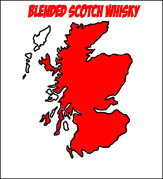

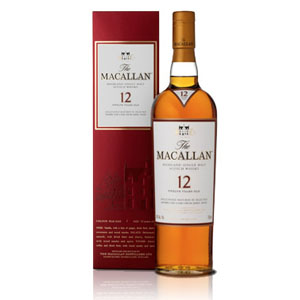
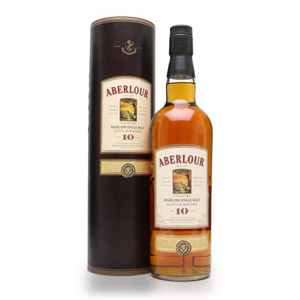
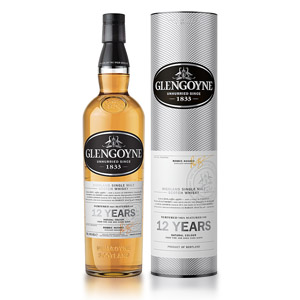
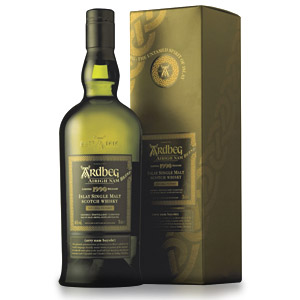
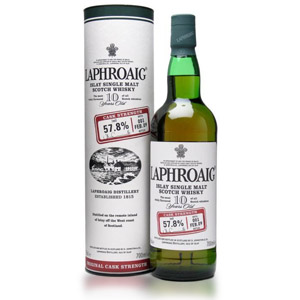
Spot on review. I just drank in my Flaviar Advent calendar and was curious was others thought. Just unenjoyable. Terrible on the nose and unbalanced on the palate.
I just had batch #2 from my Flaviar 2022 advent calendar and it wasn’t bad. I wonder how different it is from batch #1